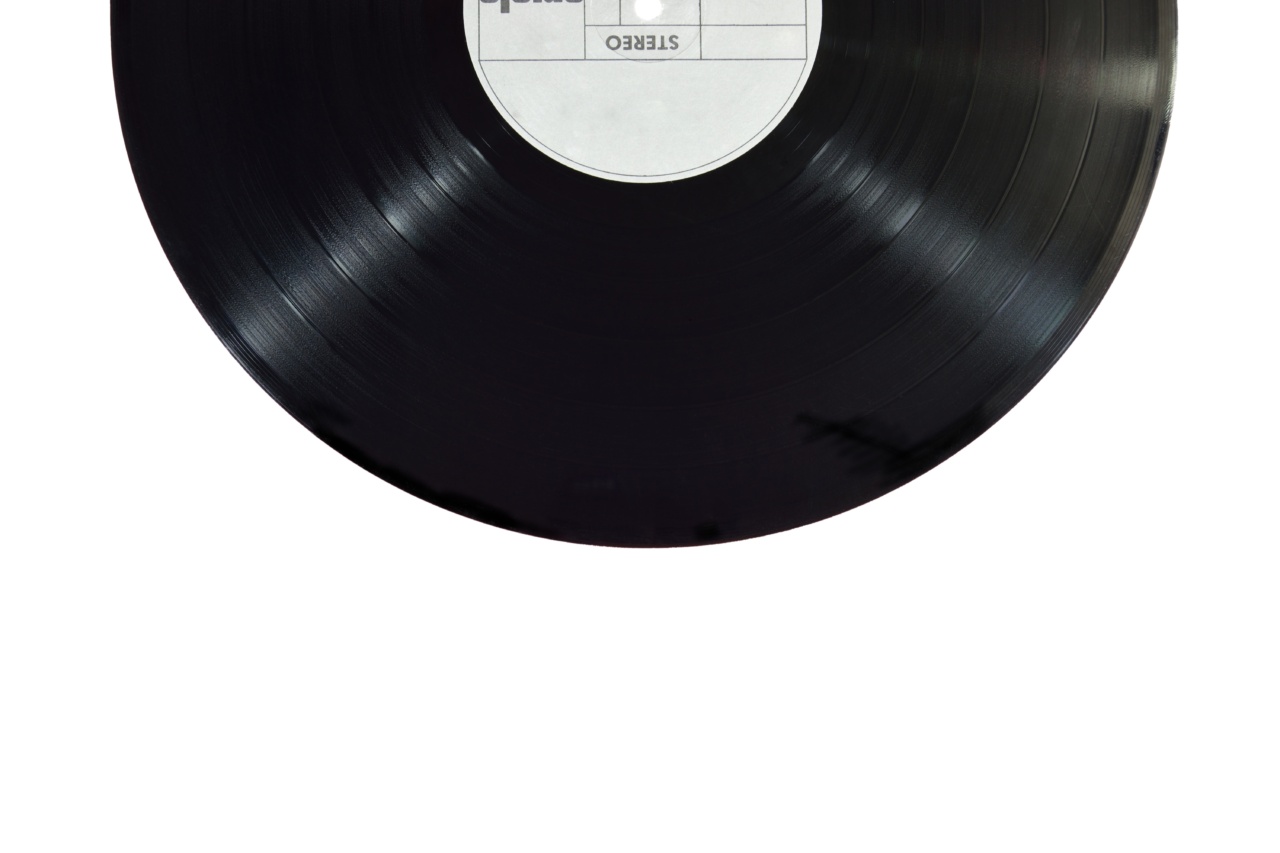Intervertebral disc herniation, or slipped disc, is a common condition that affects the spine. It occurs when the cushion-like discs between the vertebrae slip out of their normal position.
The resulting pressure on the spinal nerves can cause pain and other symptoms. While most cases of disc herniation can be treated conservatively and do not result in serious complications, there are some potential dangers associated with this condition.
1. Chronic Back Pain
One of the most common dangers of intervertebral disc herniation is chronic back pain. This pain can range from mild to severe and may be felt in the back, buttocks, legs, or feet.
The pain may be constant or may come and go depending on the position of the spine. Chronic pain can be debilitating and may interfere with daily activities and quality of life.
2. Nerve Damage
Intervertebral disc herniation can put pressure on the nerves that run through the spine. This pressure can cause numbness, tingling, or weakness in the affected area.
In severe cases, nerve damage can lead to paralysis or loss of bowel and bladder control.
3. Spinal Cord Compression
In rare cases, intervertebral disc herniation can cause compression of the spinal cord. This can result in serious complications such as paralysis or loss of sensation in the arms or legs.
Symptoms of spinal cord compression include difficulty walking, loss of bladder or bowel control, and loss of sensation in the legs or feet.
4. Infection
Intervertebral disc herniation can also increase the risk of infection. When a disc herniates, it can create a space where bacteria can enter and multiply. This can lead to a severe infection called discitis.
Symptoms of discitis include fever, back pain, and decreased mobility.
5. Sciatica
Sciatica is a condition that occurs when the sciatic nerve, which runs from the spine down to the legs, is pinched or compressed. This can result in pain, tingling, or numbness in the lower back, buttocks, and legs.
Intervertebral disc herniation is a common cause of sciatica, particularly in older adults.
6. Spondylolisthesis
Spondylolisthesis is a condition in which one vertebra in the spine slips out of alignment with the rest of the spine. This can result in chronic back pain and nerve damage. Intervertebral disc herniation is a common cause of spondylolisthesis.
7. Increased Risk of Osteoarthritis
Intervertebral disc herniation can also increase the risk of developing osteoarthritis. Osteoarthritis is a degenerative condition that affects the joints and can lead to chronic pain, stiffness, and loss of mobility.
Disc herniation can cause abnormal stress on the spinal joints, increasing the risk of osteoarthritis.
8. Reduced Quality of Life
Intervertebral disc herniation can have a significant impact on a person’s quality of life. Chronic pain, nerve damage, and other complications can interfere with daily activities and reduce overall enjoyment of life.
The emotional toll of living with a chronic condition can also be significant.
9. Surgery Risks
In severe cases, surgery may be required to treat intervertebral disc herniation. Surgery carries risks such as infection, bleeding, and nerve damage. Recovery from surgery can be lengthy and may require physical therapy.
10. Recurrence
Even after successful treatment, there is a risk of recurrence of intervertebral disc herniation. This may require additional treatment and can result in chronic pain and other complications.
Conclusion
Intervertebral disc herniation is a common condition that can cause a range of symptoms and complications. While most cases can be treated conservatively, there are some potential dangers associated with this condition.
Chronic pain, nerve damage, spinal cord compression, and infection are just a few of the possible complications. It is important to seek medical attention if you are experiencing symptoms of intervertebral disc herniation to prevent serious complications.






























